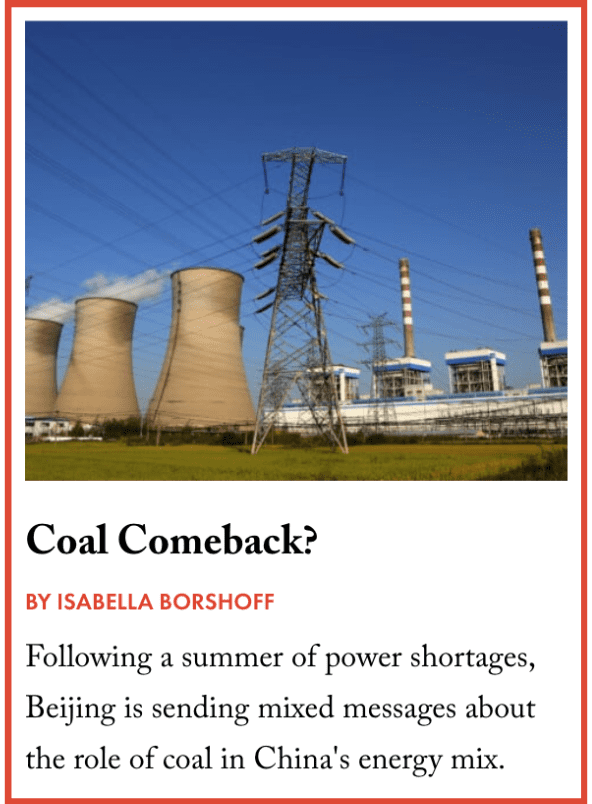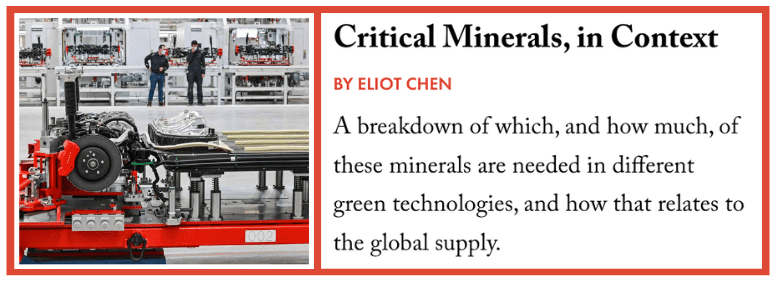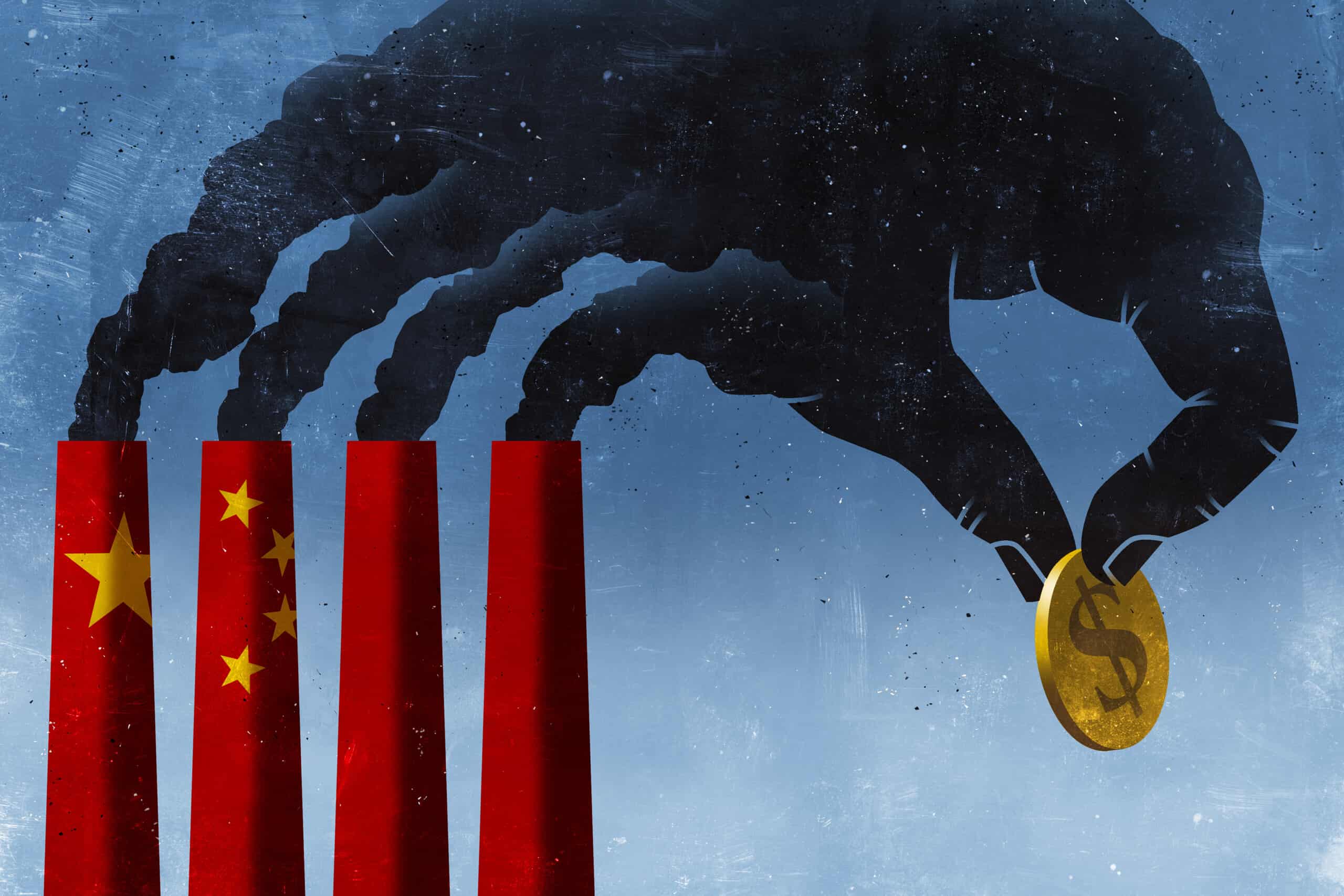
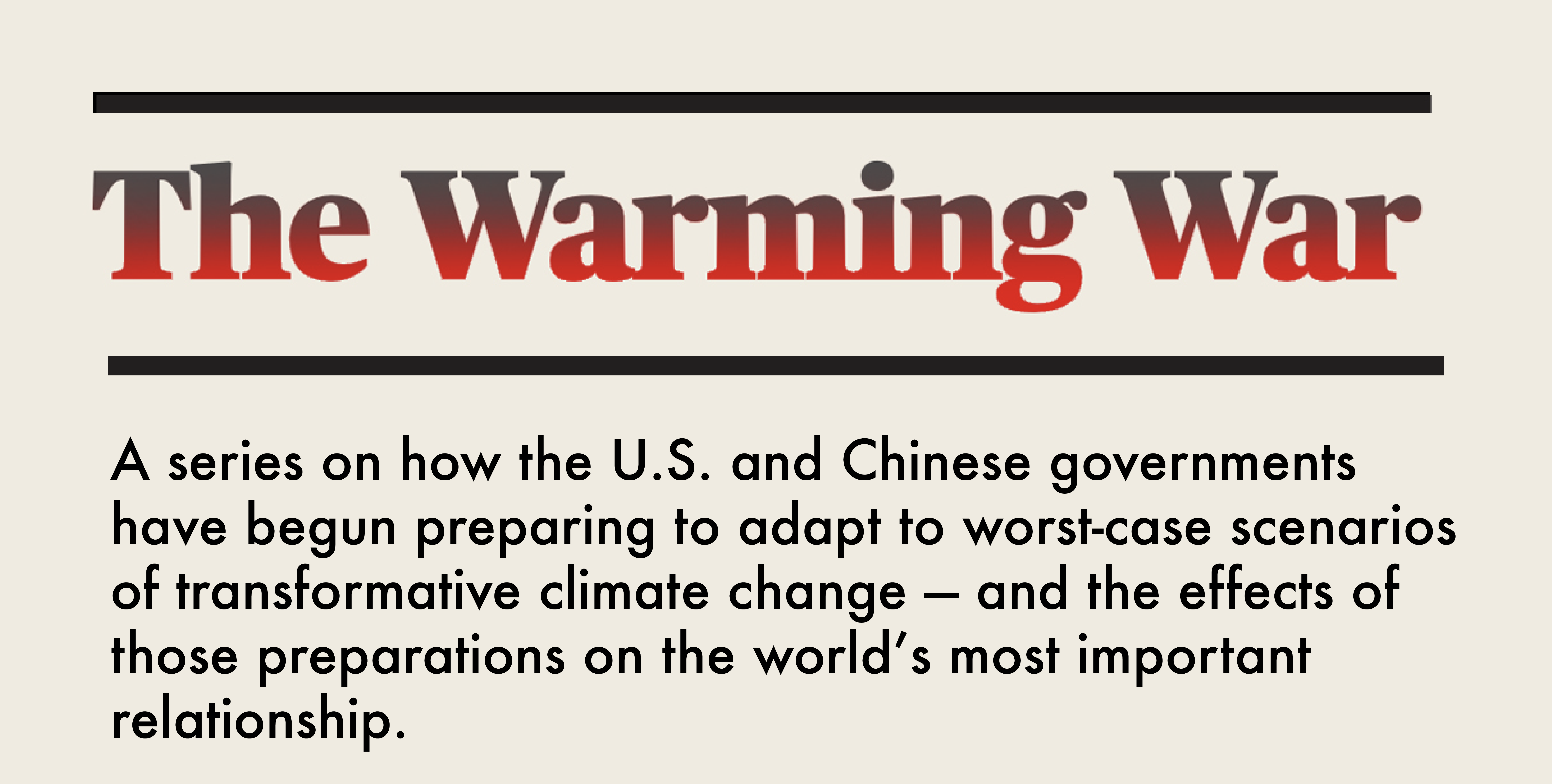 |
|
| More in this series: | |
| The Diplomatic Deadlock | 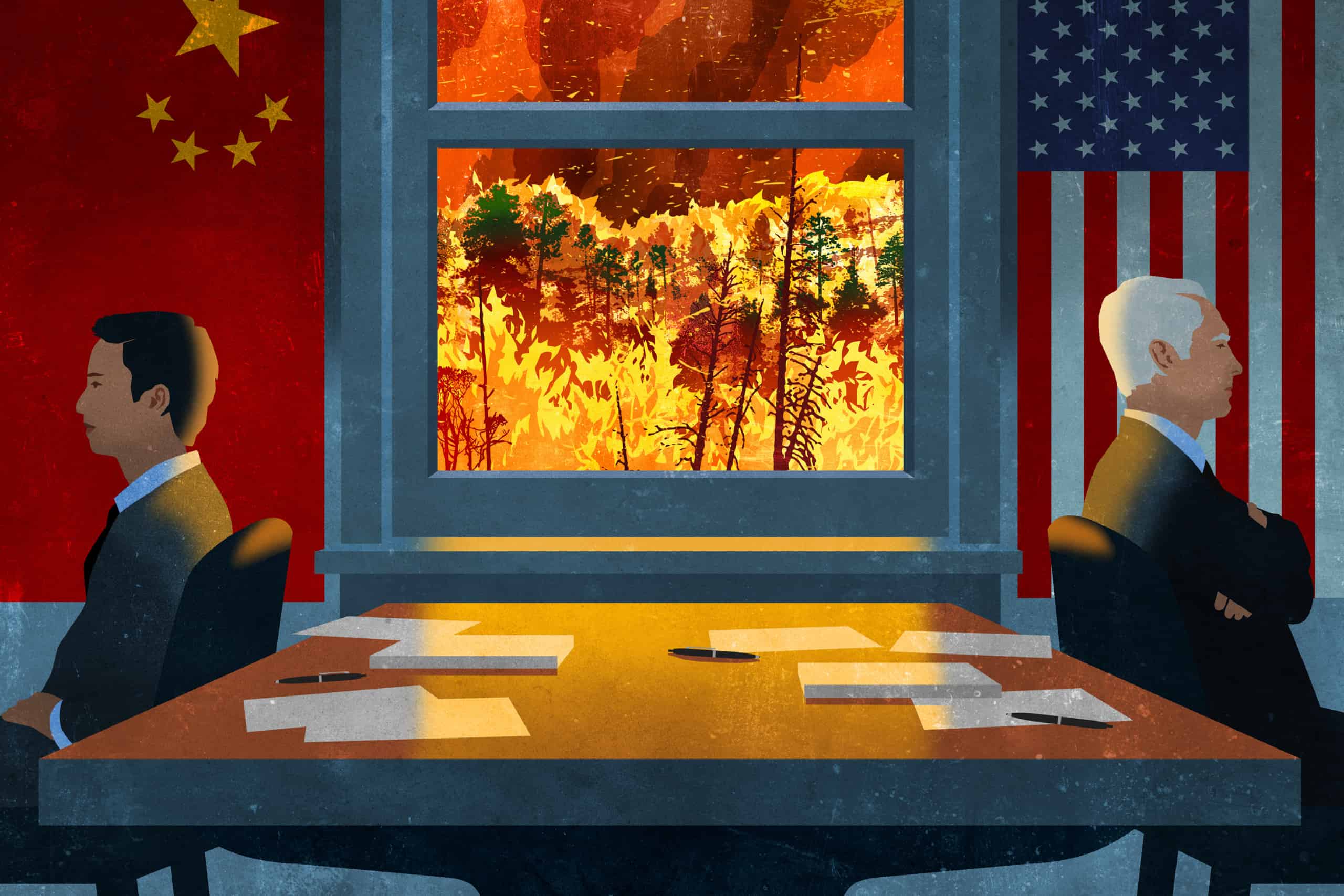 |
| The Adaptation Advantage | 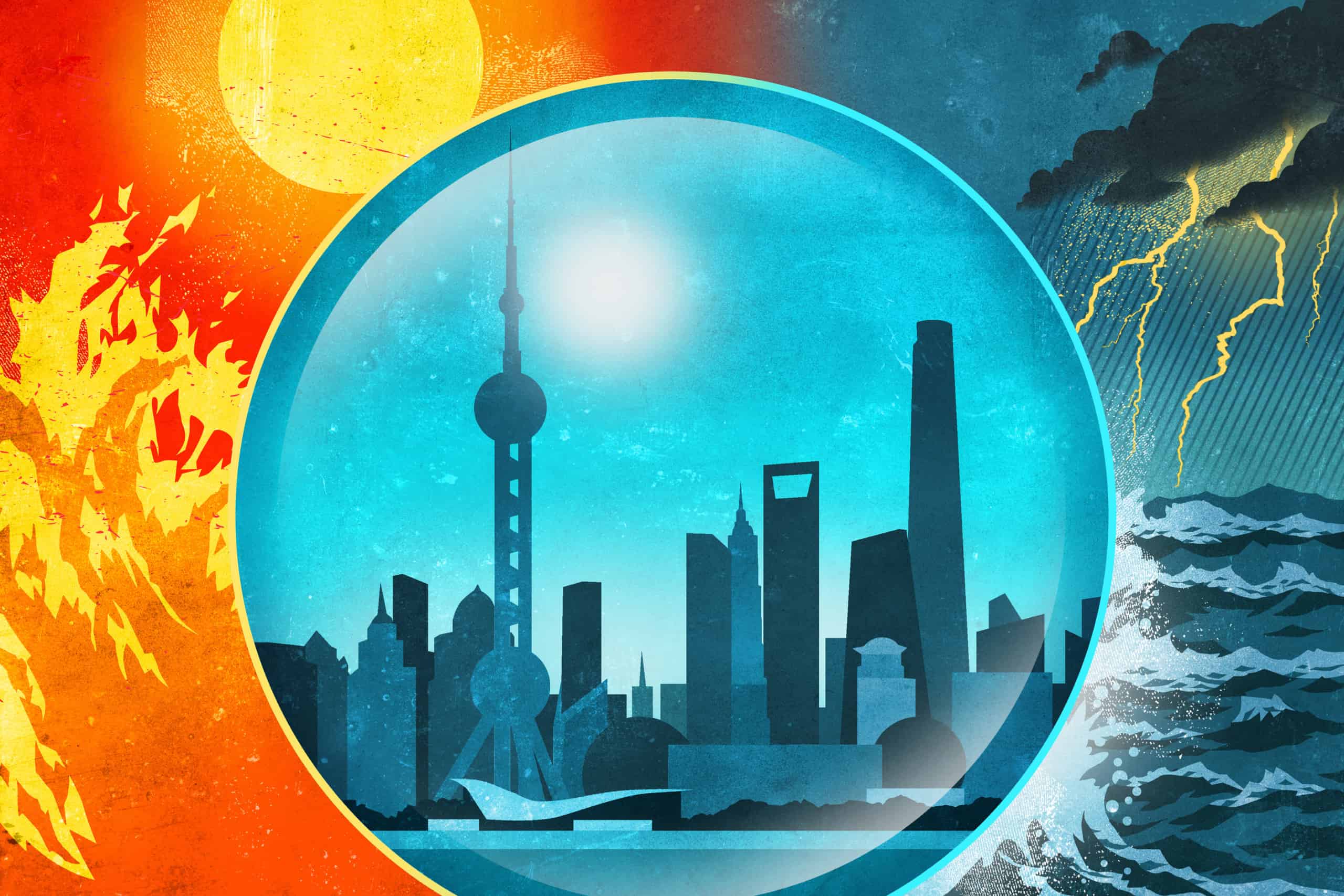 |
| Pole Position |  |
| The Ocean Edge |  |
| Climate Changers |  |
Last June, Florida Governor Ron DeSantis visited an aquarium in West Palm Beach to deliver a surprising speech. The Republican rising star had come to promote his new “Freedom First Budget,” the annual spending package that had just passed the state legislature. But the event’s staging — in the shadows of enormous tanks of tropical fish — hinted that the governor wasn’t about to deliver a standard stump speech.
Standing behind a lectern that read “Protecting Florida Together,” DeSantis detailed one of his budget’s signature initiatives: “Resilient Florida,” which promises to build the infrastructure necessary to protect a coastal state that is both “storm-prone” and close to sea level. As DeSantis explained it, the goal is to make Florida a national leader in “adaptation” to “increasingly extreme weather.” And he was backing this up with an impressive sum — more than $600 million in new spending, with billions more to follow in the years ahead.
Not once in his speech did DeSantis use the words “climate change.” As he said four years ago, in his first campaign for governor, “I am not in the pews of the church of the global warming leftists. I am not a global warming person. I don’t want that label on me.”
But DeSantis’ actions have signaled what he really thinks: that climate change is already here, that it poses a mounting threat to Florida’s economy and long-term security, and that it demands an aggressive, large-scale policy response.
This represents a profound change. Climate change has been among the most polarizing and emotionally charged topics in American political life. For years, many Republicans have staked out a position of cynical, full-throated denialism, leading Democrats and independents to assume there is no space for bipartisan cooperation.
But the Republican position is evolving.
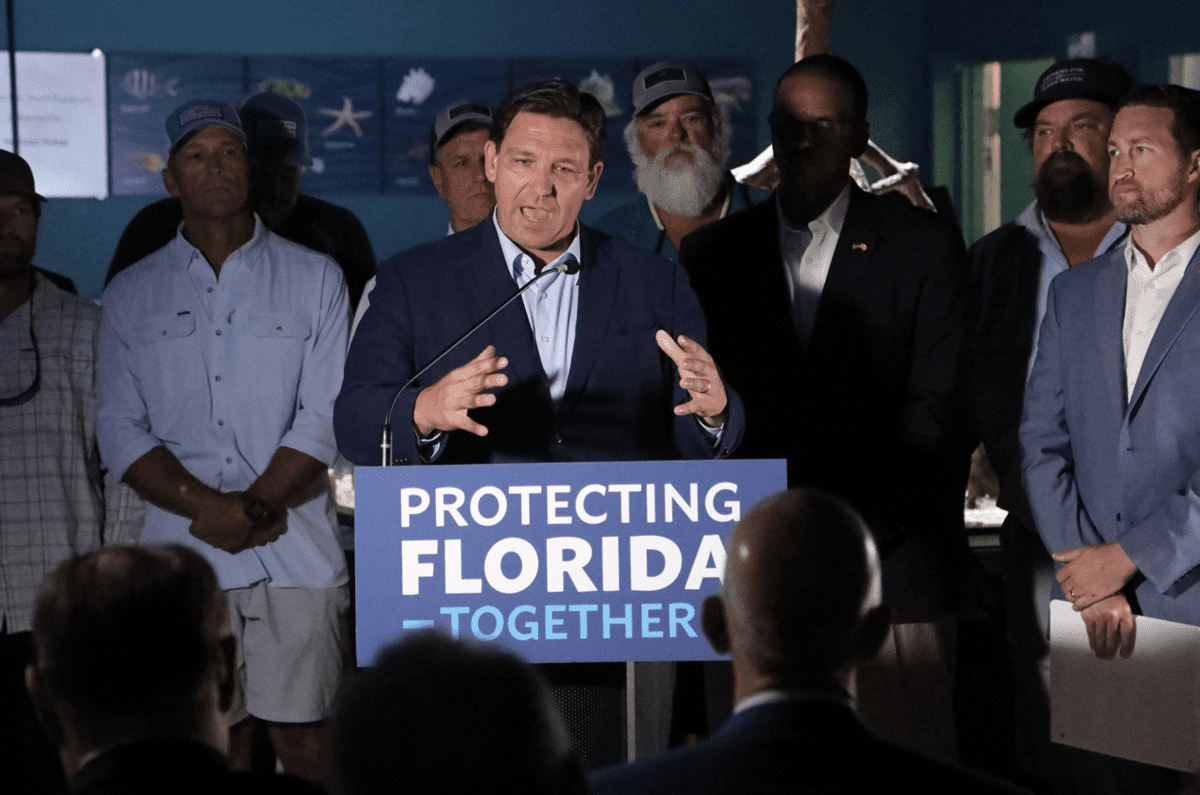
“There has been a dramatic shift in the party orthodoxy on climate, which is welcome news for Florida,” says Carlos Curbelo, a former Republican congressman from the state. “There are actually very few deniers left.”
Indeed, the adaptation programs in Resilient Florida are strikingly similar to provisions in the national infrastructure bills that Democrats have passed in the last two years, which together have allocated nearly $67 billion for climate adaptation.
One reason for the Republican party’s shift is that voters are growing more aware of the problem. Florida’s Department of Health estimates that 590,000 people in the state are already at “extreme” or “high” risk from sea level rise. In a recent report, the Army Corps of Engineers found that a hurricane making landfall in South Florida could cause $60 billion of damage in Miami Beach alone. The need for climate “adaptation” is thus urgently felt.

But a more subtle reason is that Republicans have begun to reframe the climate crisis as part of a broader geopolitical story about competition with China. Even though America’s per capita and historical emissions are much higher than China’s, its total emissions today are less than half of China’s — and Beijing is still building coal-fired power plants. Seizing on these facts, Republicans have begun shifting blame and are arguing that climate change is likely unstoppable, since America’s economic competitors plan to keep emitting.
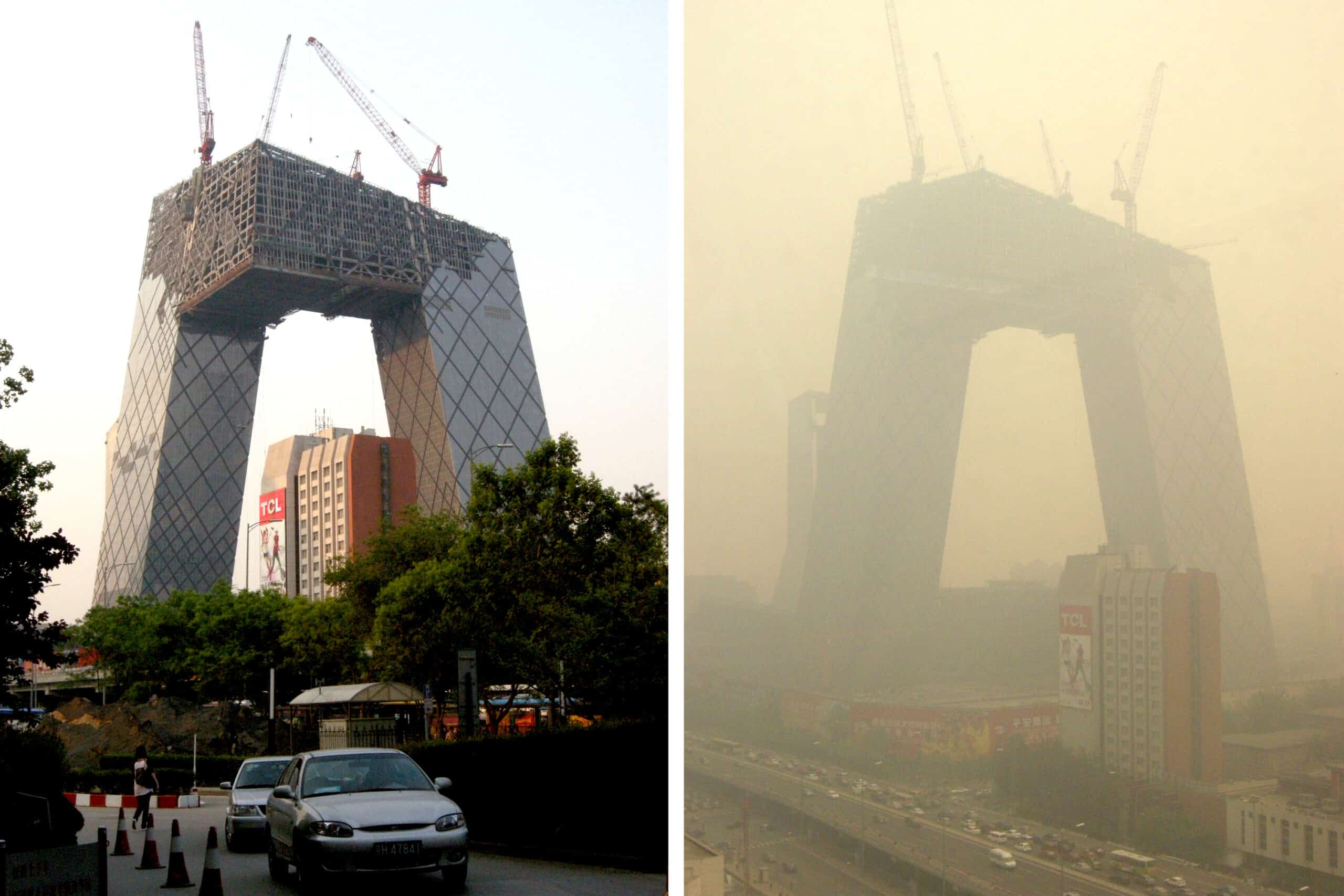
“Climate change is happening, and left unchecked it will have disastrous consequences,” H.R. McMaster, the former National Security Advisor under President Trump, told The Wire. “But there is no moral equivalency between Chinese and U.S. actions. The Chinese Communist Party will happily continue to poison the world with carbon emissions if its leaders think that they can gain advantage.”
The best path forward, conservatives contend, is to accept this inconvenient truth: America should prepare to outcompete China in the inevitable geopolitical contest that will play out in the shadow of climate change — what this series has termed the “Warming War.”
“In the past, yes, there was a partisan debate over whether climate change was even happening,” says Dr. Julia Nesheiwat, whom DeSantis appointed as Florida’s first Chief Resilience Officer before Trump picked her to be Homeland Security Advisor in 2020. “Thankfully we’ve moved beyond that. The discussion now is not whether we deal with it, but how, mindful of what other major emitters like China and India are doing.”
For years, some American officials have accepted a false narrative that adaptation and mitigation are alternatives. That’s not true. They are essential complements. The Chinese leadership has been better on this point.
John P. Holdren, a research professor at the Harvard Kennedy School
Democrats remain convinced that the U.S. should do more to cut emissions, regardless of what other countries do. But they are reconsidering some of their longstanding assumptions about what the pathway to a “net zero” world will look like.
Democrats have long presented climate change mitigation as a global problem that requires a diplomatic solution. When the Biden administration took power in 2021, for instance, it pushed to revitalize climate talks with Beijing, meeting 31 times over video and 4 times face-to-face with their Chinese counterparts.
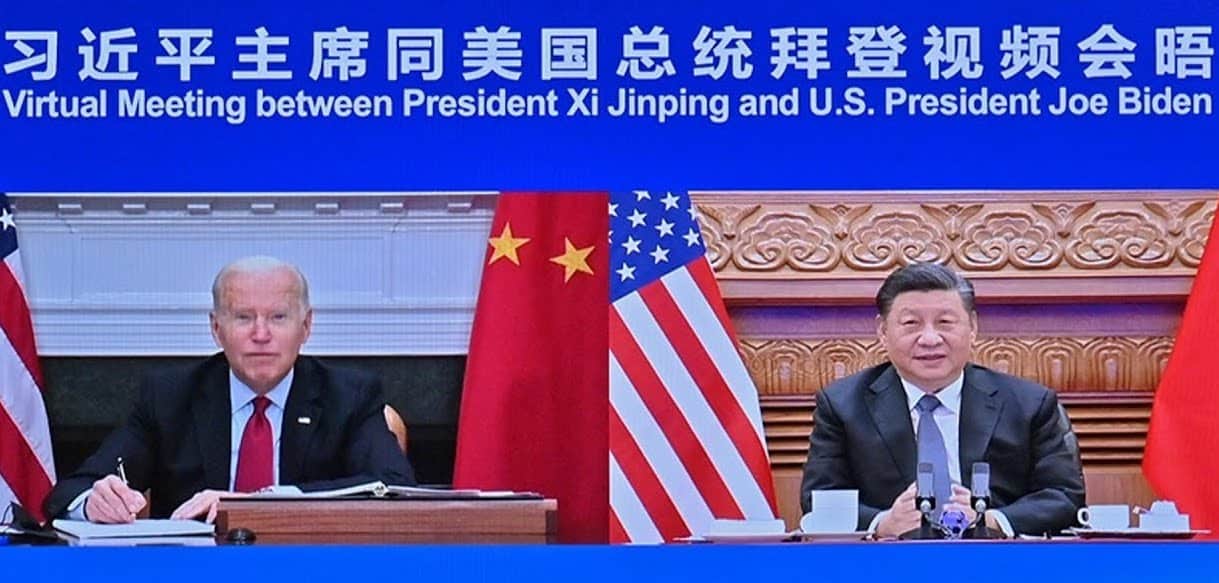
“We need to be talking to each other because we’re the two biggest economies in the world and the two biggest emitters,” U.S. climate envoy John Kerry said at the COP-27 summit in Sharm El-Sheikh last month. “We have a common interest in working together to try to reduce emissions.”
But on August 5 of this year, China’s foreign ministry announced in a curt statement an indefinite suspension to talks, as retribution for House Speaker Nancy Pelosi’s visit to Taiwan. Last week, Xi Jinping met President Biden in Bali and agreed to restart the talks, but it seems unlikely that they will lead to substantive cooperation.
Frustrated by China’s truculent behavior, Democrats are reconsidering whether it is still realistic to hope for a cooperative solution to climate mitigation. And as geopolitical tensions rise, Democrats also have to consider the risks of transitioning away from fossil fuels in a way that makes the U.S. economy more dependent on Chinese products, such as solar panels, wind turbines and electric vehicles. China dominates the supply chains for all of them.
Republicans have been making this argument for years. “The Chinese Communist Party would be happy for us to reduce our carbon emissions — especially if that makes us less competitive and helps them grow their economy and secure their hold on power,” says McMaster, who is currently a senior fellow at Stanford’s Hoover Institution.
We are trying to move the world to a cleaner environment, and China, India and other countries are not doing as much. And they need to pay a price.
South Carolina Republican Senator Lindsey Graham
Now, many Democrats seem to agree. “The vast majority of my friends in the administration right now know that China isn’t serious about mitigation in a way that’s consistent with two degrees [of warming],” one former White House official told The Wire under condition of anonymity. “They can’t say that publicly, but they recognize that they have to change their strategy.”
If the race to decarbonize is bound to be competitive rather than cooperative, some Democrats now say that the U.S. will have to balance its green agenda with more pragmatic policies. Now that both parties believe climate change and China pose a single interconnected challenge, a window is opening up for bipartisan cooperation.
While the details are still contested, Democrats and Republicans are converging on a basic consensus. The first step is to adapt to climate change at home, just as China is doing. The next step, if China remains intransigent, is to force it to decarbonize by reigniting the trade war.
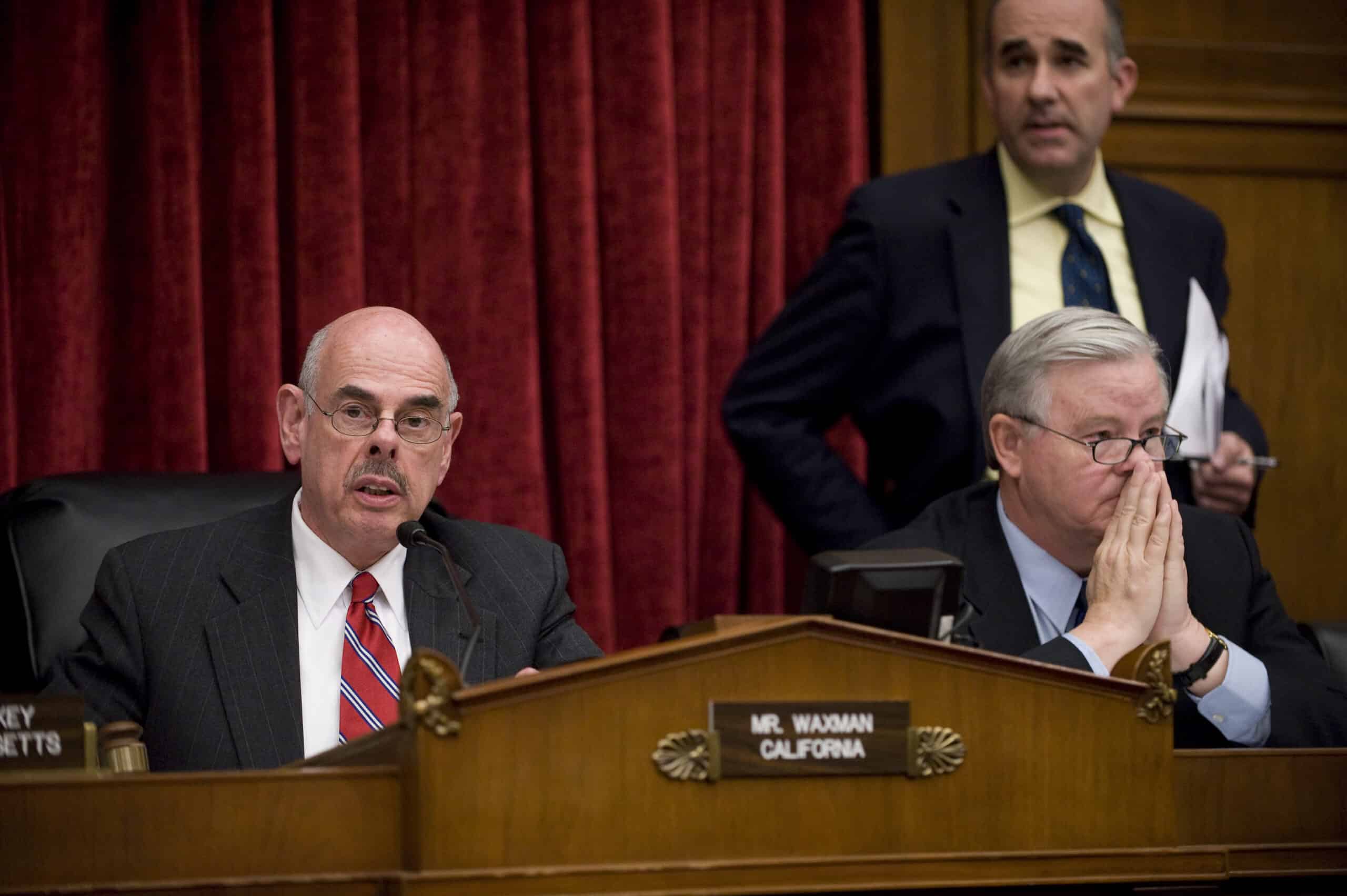
The key policy proposal for this second step is called a carbon border adjustment mechanism, or CBAM. The idea is to calculate the full carbon emissions that went into producing every imported product, and impose a correspondingly high tariff. CBAM was originally a progressive idea, and it is backed by a range of progressive advocacy groups, from the AFL-CIO to the Sierra Club, as well as the top climate negotiators from the Obama administration. House Democrats have even passed CBAM before, in their 2009 Waxman-Markey climate bill, though then-President Obama opposed it as “protectionist.”
Recently, dozens of leading Republicans, including top trade and national security officials from the Trump administration, have embraced the idea of CBAM. The policy checks political boxes for both parties, especially as they grow more skeptical about free trade orthodoxy. But the biggest reason that CBAM appeals to both sides of the aisle is that it could be a powerful weapon in the Warming War: a tool to drive down global climate emissions while also hobbling China’s economic rise.
“What did Trump do? When you had unfair business practices that gave the other country an advantage over our businesses, he put a tariff on their product,” Sen. Lindsey Graham (R-SC) said in February. “Well, we are trying to move the world to a cleaner environment, and China, India and other countries are not doing as much. And they need to pay a price.”
HITTING THEM AT THE BORDER
Economists and politicians have long argued that the most efficient way to decarbonize the economy is to put a price on carbon emissions, either through a tax or a cap-and-trade system. “There is only one change that dramatically affects the amount of global emissions and that is a price on carbon. That is basically it,” Sen. Mitt Romney (R-UT) argued last year.
A tweet from Mitt Romney announcing that he had joined the bipartisan Climate Solutions Caucus, November 6, 2019.
But carbon taxes are politically problematic because they raise prices for basic necessities. They can also be counterproductive if they are not designed right. When an economy puts a price on carbon, it puts its industries at a competitive disadvantage on the global market. In the long run, it also incentivizes those businesses to outsource their high-emissions activities to other countries where carbon isn’t taxed, and then re-import the final products.
Any policy proposal to put a meaningful price on carbon, experts say, therefore needs a solution for balancing out prices at the border. A country that adopts a carbon price without a CBAM risks killing jobs at home — without forcing net decline in global emissions.
The last time Democrats tried to create a national carbon pricing scheme, in 2009, ten Democratic senators from the Rust Belt wrote an open letter refusing to support it without a provision for border adjustment. “We must not engage in a self-defeating effort that displaces greenhouse gas emissions rather than reducing them and displaces U.S. jobs rather than bolstering them,” wrote the group, which included the stalwart progressive Russell Feingold (D-WI) and the moderate Evan Bayh (D-IN).
House Democrats agreed to include CBAM in their climate bill, but the legislation stalled in the Senate anyway. Republicans opposed any proposal to put a price on carbon.
President Obama, a staunch supporter of free trade, was uncomfortable with the idea for different reasons. “I think we have to be very careful about sending any protectionist signals out,” Obama said, noting that the economy was too weak to run the risk of a trade war. Without White House support, CBAM faded from view.
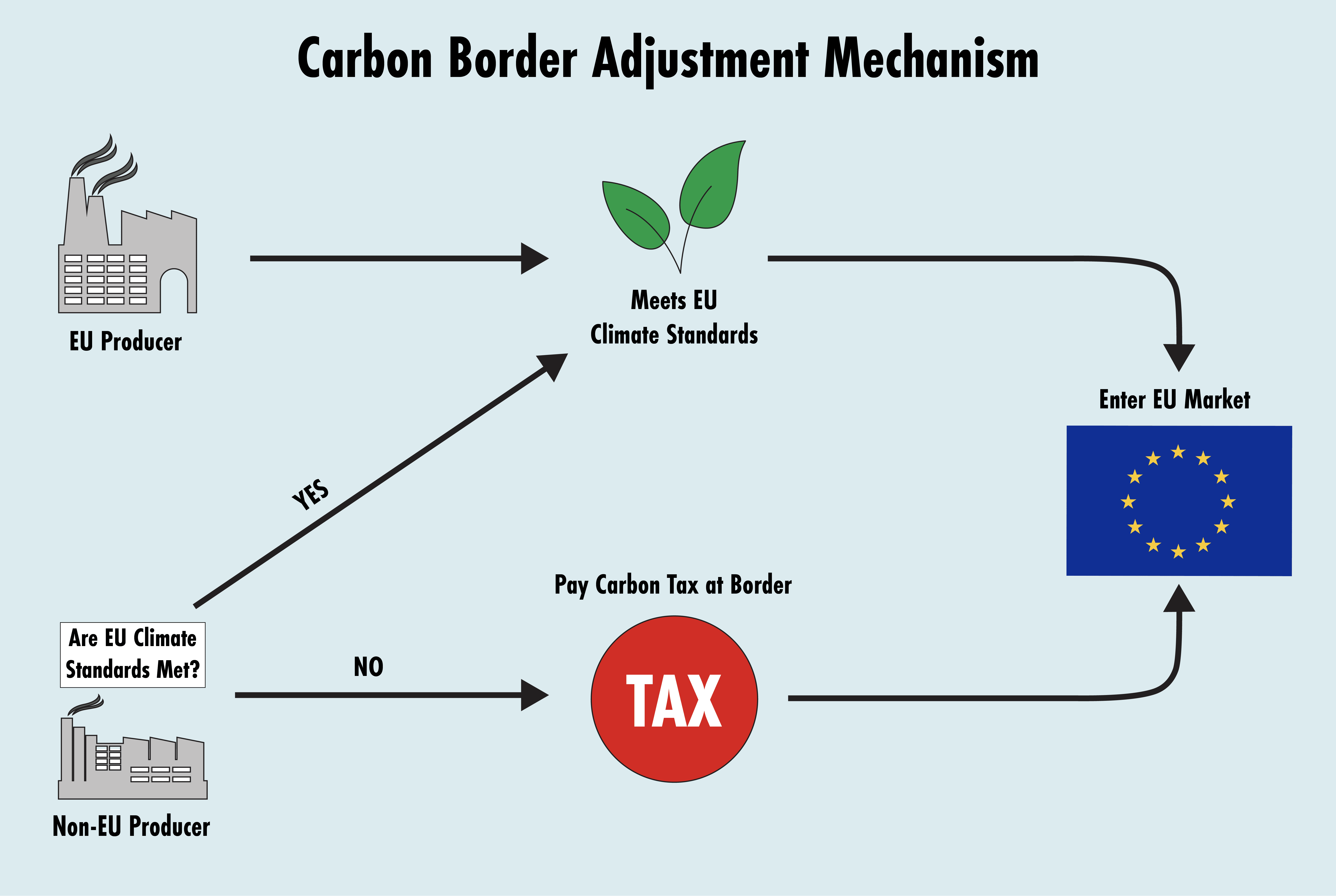
Now, the European Union, which runs one of the world’s most ambitious carbon pricing schemes, has brought the idea back. Brussels is set to roll out a CBAM for steel, cement, aluminum, fertilizer, and electricity starting in 2026, and eventually expand it to include nearly all of the goods it imports. French Economy Minister Bruno Le Maire boasts that CBAM “will give us a tool to speed up the decarbonization of our industry, while protecting it from companies from countries with less ambitious climate goals.” As a bonus, it will “incentivize other countries to become more sustainable and emit less.”
Brussels is building new policy machinery to make CBAM work. Starting next year, it is considering new rules that would require manufacturers around the world to provide verifiable numbers about the carbon emissions of the goods they produce, across their entire supply chain, or they will lose access to the European market. No such accounting system currently exists, but the EU is betting that it is such an important market that businesses will have no choice but to comply. Once the new reporting standards are established, analysts say other countries would be able to implement a CBAM faster than the five to ten years that it is likely to take Europe.
China stands directly in the line of fire. Almost 60 percent of China’s energy mix comes from coal, far higher than the global average of 27 percent. And because Beijing powers most of its industrial economy with coal — and exports far more manufactured products than it imports — it will have few options to retaliate.
A recent study by He Jianwu, a research fellow in the State Council’s Development Research Center in Beijing, found that the impact on Chinese manufacturing could be devastating. If Europe fully implements CBAM, it could reduce Chinese GDP by 0.64 percent and destroy 2.3 million jobs. Chinese electronics production, for example, is two to seven times more carbon-intensive than equivalent production in Europe and the United States. Once CBAM takes effect, it will become much cheaper for European firms to bring parts of that supply chain back home, or send them to other countries like Vietnam.
If the U.S. were to follow Europe and adopt its own domestic carbon price, the two mega-economies could join up and create a massive protected market that every country and firm in the world would need to access. It would create a de facto global carbon price. This would be one of the best possible force-multipliers for decarbonization, as the Yale economist William Nordhaus has shown with modeling studies. It would also be a disaster for coal-powered economies like China.
It is because of Beijing’s extreme vulnerability that CBAM found its way back onto the agenda at the very end of Trump’s term. Robert Lighthizer, the U.S. Trade Representative, hinted at the proposal in a memo to the World Trade Organization. Republican Senators Mitt Romney, Susan Collins, Lisa Murkowski and Mike Braun formed a group to explore the issue.
The very threat of such a tool could have a salutary effect on various countries. China would really not like it. But if you could get it up and running, it would probably have an impact.
Todd Stern, former U.S. Special Envoy for Climate Change, on CBAM
“The core idea is not that complicated,” says McMaster. “If China refuses to decarbonize, we should put tariffs on Chinese goods.”
Progressive groups remain on board. As Brad Markell, executive director of the AFL-CIO’s energy task force, recently noted, CBAM “is the place where climate, trade and manufacturing meet up — where we could make bipartisan progress to protect American jobs as we decarbonize.”
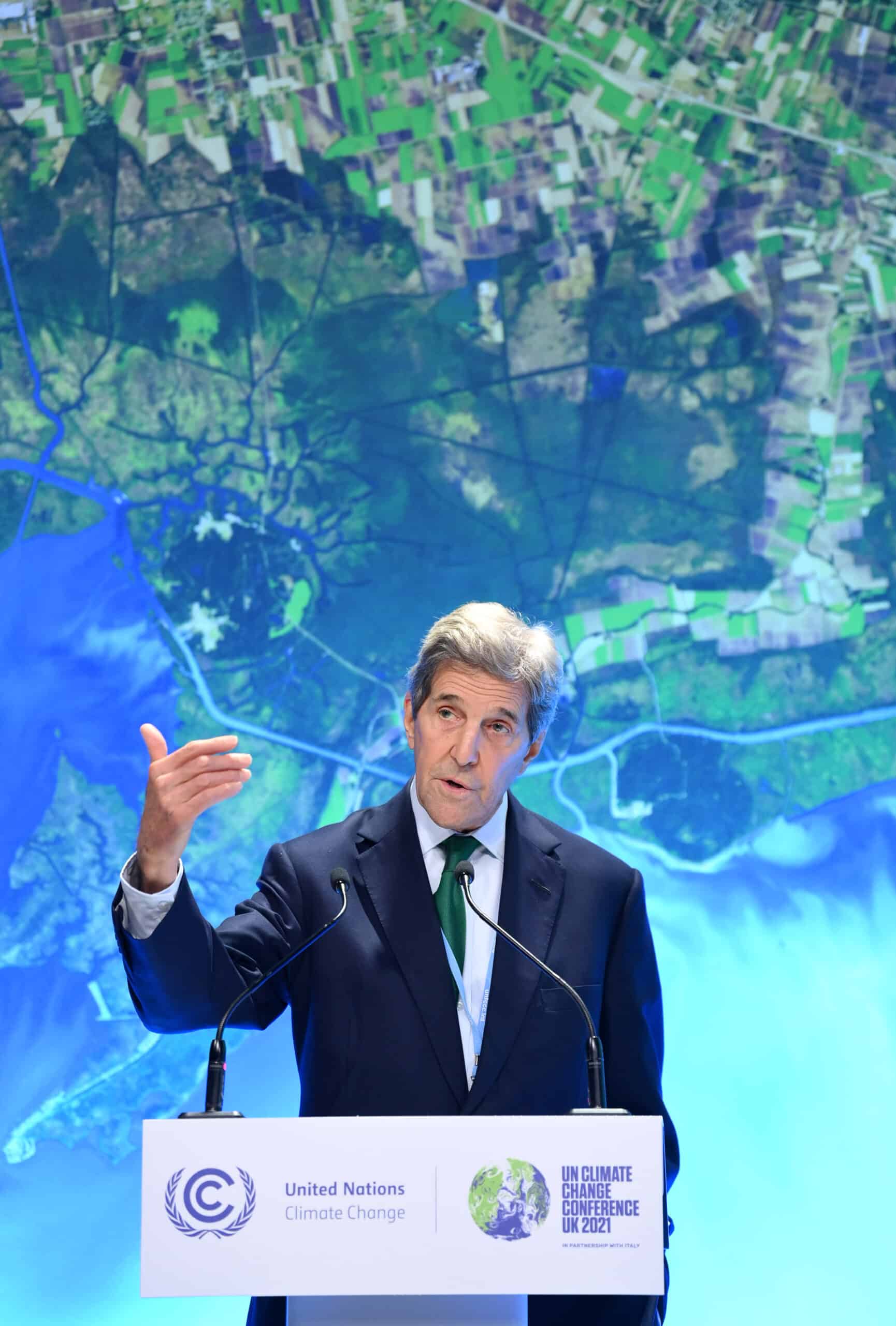
The Biden administration has tried to use the threat of CBAM as a negotiating tool in its climate talks with China. The policy, Kerry hinted darkly in March 2021, has “serious implications for economies, and for relationships and trade. I think it is something that’s more of a last resort.”
Just days after China failed to offer more ambitious targets at the COP-26 summit in Glasgow, Kerry switched to a harder line. CBAM is “a legitimate idea to have on the table,” Kerry said. “We’re exploring it … And it may be a tool that we have no choice but to employ.”
Former climate negotiators from the Obama administration are also now vocally promoting CBAM. In a 2020 essay in Foreign Affairs, John Podesta and Todd Stern, who represented the U.S. in negotiations with China over the Paris Agreement, recommended coordinating with the European Union and UK, arguing that this would give Washington new “leverage to influence Chinese and Indian climate behavior.”
“It should be one of the tools in the box,” Stern clarified to The Wire. “The very threat of such a tool could have a salutary effect on various countries. China would really not like it. But if you could get it up and running, it would probably have an impact.”
A BIPARTISAN AGENDA
As the lines between climate, trade and China policy become blurred, the Warming War dynamic is leading Democrats and Republicans to consider many other policies, ranging from adaptation to industrial subsidies.
Over the past decade, the Chinese state worked systematically to build economies of scale across the renewables supply chain, driving down prices of products ranging from solar panels to electric vehicle batteries. For the climate, this has been a good thing, helping to accelerate the global transition away from fossil fuels, particularly in developing countries. But no American politician, on either side of the aisle, is praising Beijing for its good deeds.
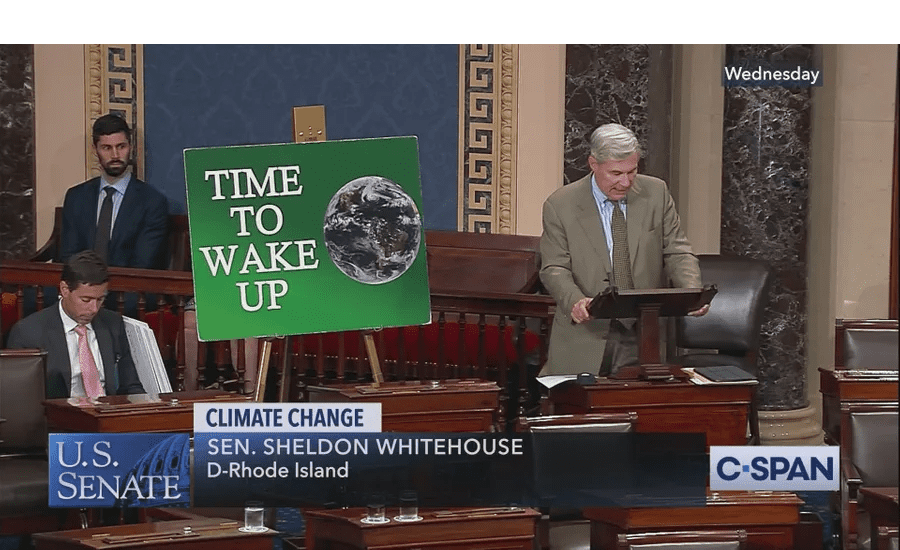
Democrats and Republicans alike see a more insidious Chinese strategy to gain an industrial advantage over the U.S. — and eventually to make Washington strategically dependent on Chinese products. “China’s not just doing this to be nice. They are doing this to outdo us, economically and diplomatically,” argued Sheldon Whitehouse (D-RI), in a speech on the Senate floor in 2019. “Chinese scientists see the same data that ours do … The Chinese government just chose a smarter path.”
Whitehouse’s speech was called “Time to Wake Up,” but Donald Trump was already on the case. A year before, he had launched his trade war by imposing a 15 percent tariff on Chinese solar panels.
Trump’s goal was to boost U.S. solar manufacturing in the Midwest, but industry experts say that the tariff has made solar energy less affordable across America, reducing demand and curtailing installations. U.S. manufacturing of photovoltaics is still virtually nonexistent.
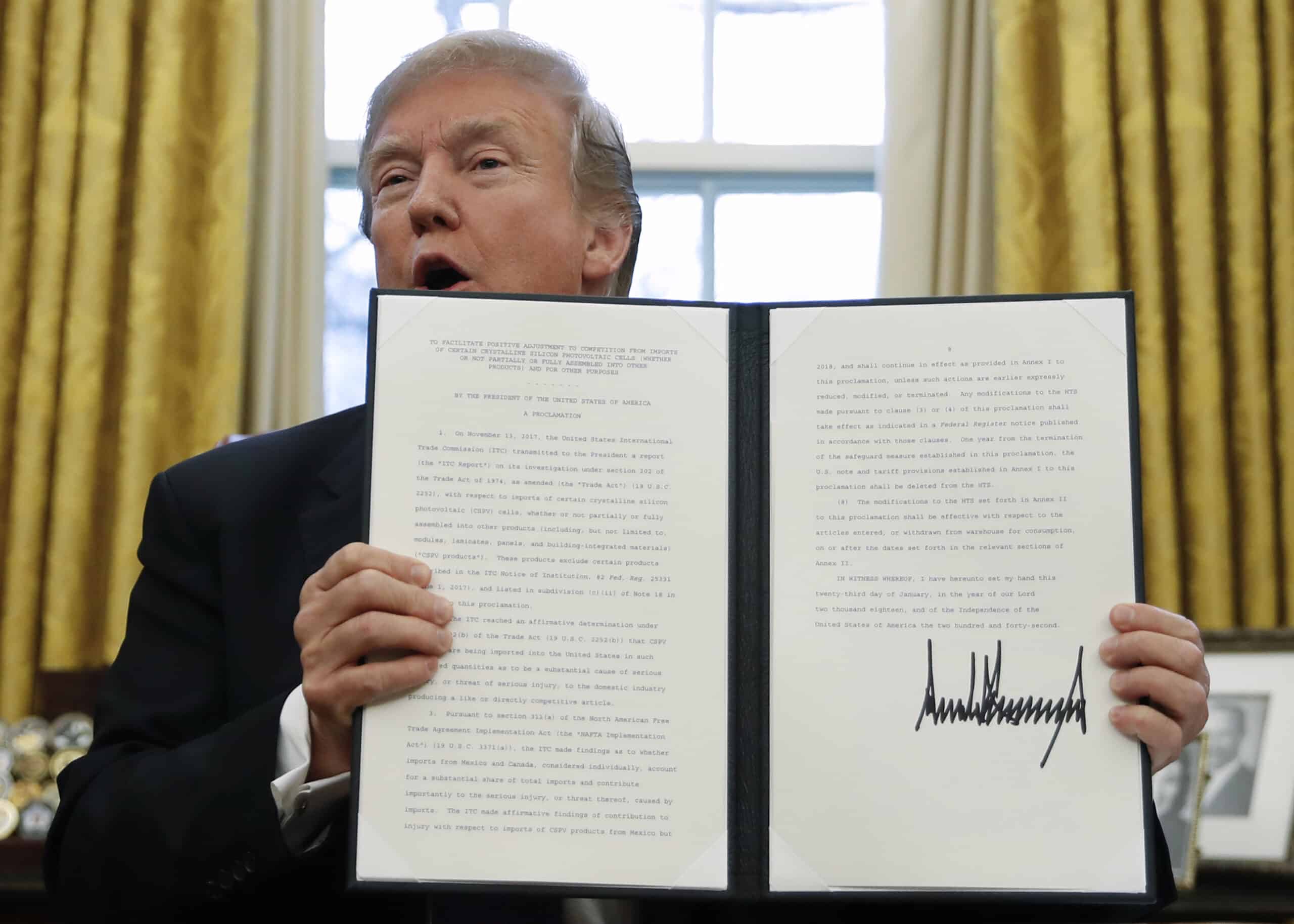
With these tariffs, “we’ve made it more expensive for Americans to install solar, and we’re also making it more difficult to achieve our climate objectives,” says Michael Davidson, an assistant professor of engineering and policy at University of California, San Diego.
Even though it is well-known that the tariff is not having its desired effect, it is politically tricky to roll the tariffs back as long as China continues to subsidize its own solar sector. In February, Biden quietly renewed the tariffs for another year. Since China uses coal power to produce most of its polysilicon, a CBAM would raise the tariff on solar panels even higher.
Beyond the question of which superpower gets the sought-after manufacturing jobs, the energy transition is also raising national security questions. On issue after issue, climate-related questions are being recast through the lens of competition with — and dependence on — China.
“If China achieves dominance in the U.S. market for technologies important for reducing greenhouse gasses, the short-term national security effects will be significant,” says Dennis Blair, who served as Director of National Intelligence in the Obama administration.
Climate change impacts at home are a national security challenge. American lawmakers are behind on this issue. China is leading on adaptation, and it is poised to gain strategic advantages as a result.
Carlos Curbelo, a former Republican congressman from the state
Tristan Abbey, who served as director for energy and environment on the National Security Council in the Trump administration, believes that China’s control over the critical minerals used to make these products poses an even bigger threat. “That we would voluntarily put ourselves in such a position of vulnerability, and not do anything about it, is to me borderline criminal,” he told The Wire.
Republicans argue that Democrats’ proposals to cut U.S. carbon emissions risk playing directly into China’s hands. “If China’s strategy is to exploit climate change by gaining control of the renewables supply chain, why would we possibly want to help them with that?” says Nadia Schadlow, who served as deputy national security advisor for strategy in the Trump administration.

Democrats are now looking more seriously at alternative energy sources, including natural gas and nuclear, that Republicans have long favored. And it is now conventional wisdom in Washington that America urgently needs to find alternative sources of critical minerals. The White House is coordinating with allies like Australia to help diversify production and processing away from China. Congress has expressed interest in developing mineral resources in frontier regions like Greenland and the deep sea. Sen. Marco Rubio (R-FL) has even called for a “targeted industrial policy” to help American firms ramp up production, overturning decades of Republican party orthodoxy.
With Republicans like DeSantis leading the charge, the two parties are also approaching a consensus that the government needs to show more leadership on climate adaptation. “For years, some American officials have accepted a false narrative that adaptation and mitigation are alternatives,” says John P. Holdren, a Harvard professor who served as Barack Obama’s top science advisor from 2009 to 2017. “That’s not true. They are essential complements. The Chinese leadership has been better on this point.”
Politicians are pointing to China to explain this concept to the public. “Climate change impacts at home are a national security challenge,” says Curbelo, the former Republican congressman from south Florida. “American lawmakers are behind on this issue. China is leading on adaptation, and it is poised to gain strategic advantages as a result.”
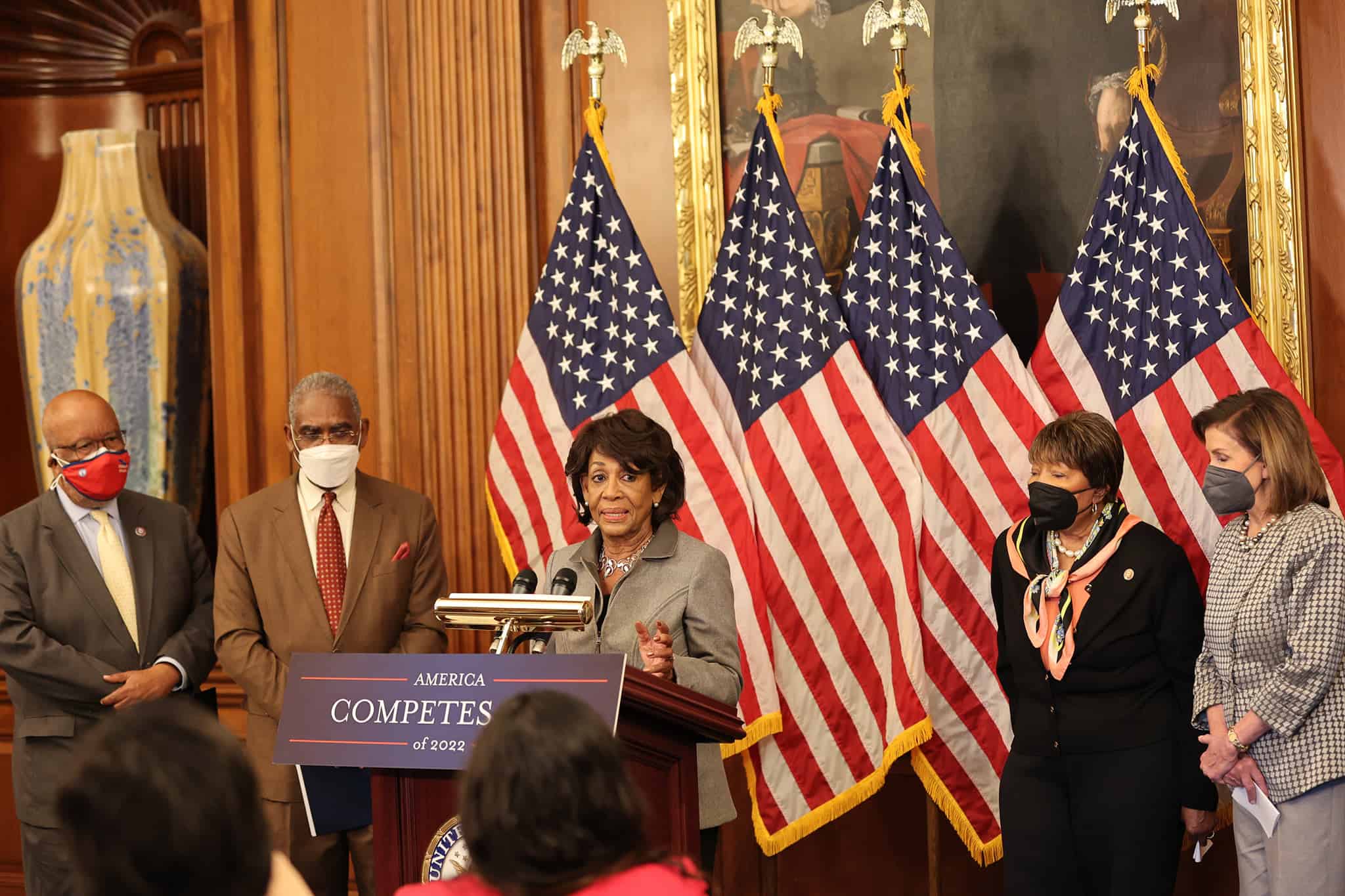
Beyond the $67 billion that they have already spent, House Democrats proposed even more ambitious adaptation funding in the COMPETES Act, also known as the “China competition bill,” which they passed last year. Now, Senate Democrats, led by Chris Coons (D-DE), are partnering with Florida Republicans on legislation to create a comprehensive national strategy for climate adaptation and to create a new Chief Resilience Officer position in the White House.
The U.S. government is still far from matching China’s National Strategy for Climate Adaptation in ambition, resources or reach. But it is moving in that direction.
“The federal government has a role to play in providing funding, data, and technical support on resilience,” says Nesheiwat, who advised DeSantis and Trump on the topic.
Both parties, as well as nonpartisan institutions like the military, also support climate-proofing U.S. overseas bases — especially in the Indo-Pacific region, where facilities like Diego Garcia and Kwajalein Atoll are facing existential risks from sea level rise. Both installations would be vitally important to any military conflict with China. The Biden administration has asked Congress for $3.1 billion for “climate investments” in the Department of Defense, which Congress seems likely to provide in the next defense authorization bill.

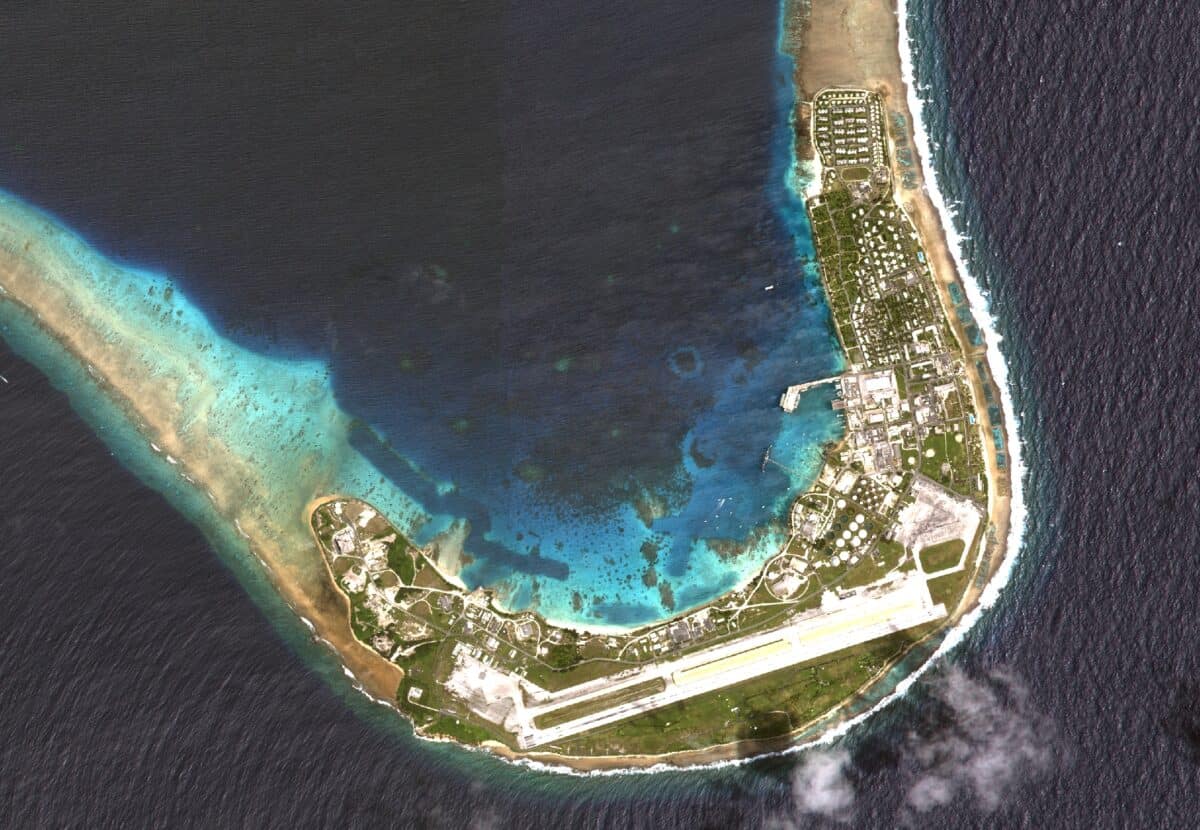
While experts praise the burgeoning bipartisan cooperation on adaptation and CBAM, some warn that elements of the U.S. strategy are based on flawed assumptions. In particular, many argue that Washington is exaggerating the geopolitical risks of relying on Chinese products — and that expanding the Warming War to the trade domain could set back the global effort to decarbonize.
“Most of the supply chain discussion today is bullshit,” says David G. Victor, a professor of Innovation and public policy at UC San Diego. If China ever shuts off the U.S. from critical minerals, “prices will rise, incentives will change, and firms will innovate. The ultimate result is that they will need less of the input, or might not even need it at all.”
Others argue that it doesn’t matter if America relies on China for some essential inputs, so long as China remains dependent on the U.S. for other products.
Forcibly decoupling the world’s two largest economies would not make anyone more secure.
Henry Lee, from the Harvard Kennedy School
“Everybody has become at least somewhat dependent on everybody else,” says Henry Lee, director of the environment and natural resources program at the Harvard Kennedy School’s Belfer Center. “For example, China is dependent on semiconductors designed in the United States. Forcibly decoupling the world’s two largest economies would not make anyone more secure.”
This is another of the Warming War’s tragic ironies. By reframing climate change as a geopolitical issue, the United States has cleared the way for groundbreaking bipartisan cooperation. But the consensus the two parties have reached is only a partial solution — less about the need to slash emissions in the first place than the need to adapt and compete with China in a world reshaped by climate change. In this context, even promising policy ideas like CBAM are seen as attractive mainly because they can be weaponized.
If Washington moves forward with this agenda, it should therefore be prepared for the consequences. As David Victor of UC San Diego warns, “There’s a real risk that climate-related pressures spin out of control in terms of international trade.”

Eyck Freymann is a contributing writer and a columnist for The Wire. A joint postdoctoral research fellow at the Harvard Belfer Center Arctic Initiative and the Columbia–Harvard China & The World Program, he is the author of One Belt One Road: Chinese Power Meets the World (November 2020). @eyckfreymann

